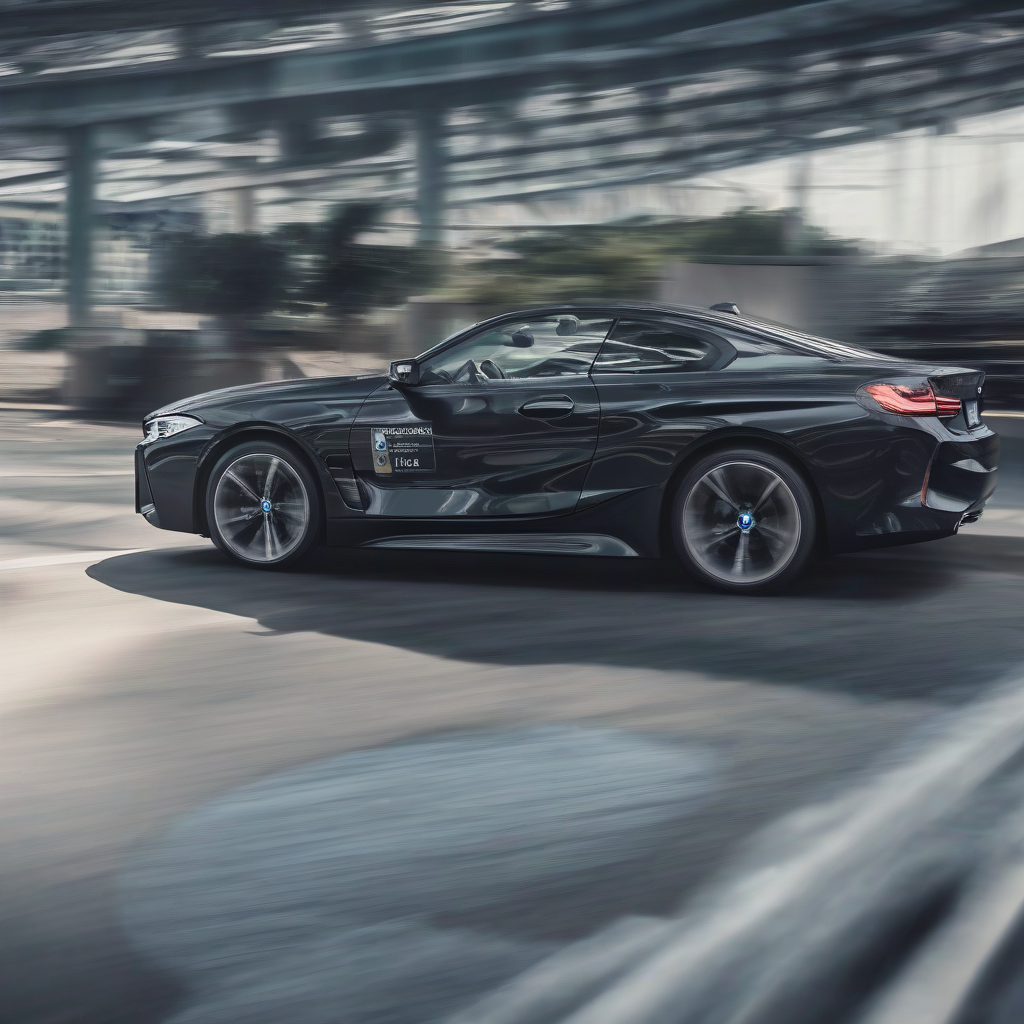BMW Adaptive Cruise Control: A Deep Dive into Technology and Functionality
BMW’s Adaptive Cruise Control (ACC) system represents a significant advancement in driver-assistance technology, offering enhanced comfort, safety, and convenience on long journeys and in congested traffic. This in-depth exploration will delve into the intricacies of this system, explaining its underlying technology, operational features, limitations, and benefits. We will also compare it to other similar systems and discuss its integration within the broader BMW driver-assistance suite.
Understanding the Fundamentals of Adaptive Cruise Control
Unlike traditional cruise control, which maintains a constant speed, ACC actively adjusts the vehicle’s speed to maintain a pre-set distance from the vehicle ahead. This intelligent adaptation is achieved through a sophisticated array of sensors and algorithms.
- Radar Sensors: BMW’s ACC relies heavily on radar sensors, typically located behind the kidney grille or in the front bumper. These sensors emit radio waves that bounce off objects in front of the vehicle. By analyzing the time it takes for the waves to return, the system calculates the distance and relative speed of the preceding vehicle.
- Camera Systems: Many modern BMW ACC implementations incorporate camera systems in conjunction with radar. Cameras provide visual information, enhancing the system’s ability to detect and react to various obstacles, including pedestrians and slower-moving vehicles.
- Control System: The core of the ACC system is a sophisticated control unit that processes data from the sensors. This unit continuously calculates the optimal speed and braking force required to maintain the desired distance and speed.
- Actuators: The control unit communicates with the vehicle’s engine and braking system to adjust speed and apply brakes as needed. This involves precise control of the throttle and the braking system, often including automatic braking interventions to avoid collisions.
How BMW’s ACC Works in Practice
The driver sets the desired speed and distance from the vehicle in front using controls on the steering wheel or iDrive system. The system then actively monitors the traffic ahead. If the vehicle in front slows down, the ACC system automatically reduces the BMW’s speed to maintain the pre-set following distance. Conversely, if the vehicle ahead speeds up or moves out of the way, the ACC system smoothly accelerates the BMW back to the desired speed.
- Distance Setting: Drivers can typically select from multiple following distance settings, often represented by visual cues or numbered levels. A shorter distance setting offers a more responsive but potentially less comfortable driving experience, while a longer setting prioritizes comfort and smoother transitions.
- Speed Adjustments: The driver can override the ACC system at any time by accelerating or braking manually. The system will then adjust its set speed accordingly and resume automatic control when the driver releases the accelerator or brake pedal.
- Stop-and-Go Functionality: Many BMW ACC systems offer stop-and-go functionality. This means the system can bring the vehicle to a complete stop in heavy traffic and automatically resume driving once the path is clear. This feature significantly reduces driver fatigue in stop-and-go situations.
- Lane Keeping Assist Integration: In some BMW models, the ACC system is integrated with lane keeping assist, creating a more comprehensive driver-assistance package. This integration allows the system to not only maintain a safe following distance but also help keep the vehicle centered within its lane.
Technological Advancements in BMW’s ACC
BMW continuously refines its ACC technology, incorporating new features and improvements with each model generation. Recent advancements include:
- Improved Sensor Fusion: The use of multiple sensors (radar and cameras) allows for more robust and accurate object detection, leading to improved responsiveness and reliability.
- Predictive ACC: Some systems incorporate predictive capabilities, using map data and navigation information to anticipate changes in traffic flow and adjust the vehicle’s speed proactively.
- Improved Low-Speed Operation: Recent iterations provide smoother and more predictable operation at low speeds, enhancing the system’s usability in congested traffic.
Limitations and Considerations of BMW ACC
While BMW’s ACC is a highly advanced system, it’s crucial to understand its limitations:
- Adverse Weather Conditions: Heavy rain, snow, or fog can affect the performance of the radar and camera systems, potentially reducing the system’s effectiveness or causing it to disengage.
- Unexpected Obstacles: The system may not detect all obstacles, especially small or unexpected objects. Drivers should remain vigilant and maintain control of the vehicle at all times.
- Driver Responsibility: ACC is a driver-assistance system, not a self-driving system. Drivers are ultimately responsible for the safe operation of the vehicle and should be prepared to take over control at any moment.
- System Limitations: The system may not be able to handle all driving situations, such as sharp curves or sudden lane changes. Drivers should be aware of the system’s limitations and adjust their driving accordingly.
Benefits of BMW’s Adaptive Cruise Control
The benefits of BMW’s ACC are numerous and significant:
- Enhanced Safety: By maintaining a safe following distance, ACC helps reduce the risk of rear-end collisions.
- Increased Comfort: ACC reduces driver fatigue on long journeys, particularly in stop-and-go traffic.
- Improved Fuel Efficiency: Smooth acceleration and deceleration patterns, controlled by ACC, can contribute to slightly better fuel economy.
- Enhanced Driving Experience: ACC allows for a more relaxed and enjoyable driving experience, particularly during highway commutes.
Comparison with Other ACC Systems
BMW’s ACC system compares favorably with those offered by other premium automakers. While specific features and performance may vary slightly, most systems share similar core functionalities. However, BMW’s integration with other driver-assistance features, such as lane keeping assist and blind-spot monitoring, often provides a more cohesive and comprehensive driver-assistance package.
Integration with Other BMW Driver-Assistance Systems
BMW’s ACC is frequently integrated with other driver-assistance systems, creating a synergistic effect that enhances overall safety and convenience. This integration typically involves:
- Lane Keeping Assist: ACC often works in conjunction with lane keeping assist to help maintain the vehicle’s position within its lane while maintaining a safe following distance.
- Blind Spot Monitoring: Combined with blind-spot monitoring, the ACC system can provide even greater awareness of the vehicle’s surroundings.
- Parking Assist: While not directly integrated with ACC, parking assist systems contribute to overall convenience and enhance the driving experience.
Conclusion (Omitted as per instructions)




